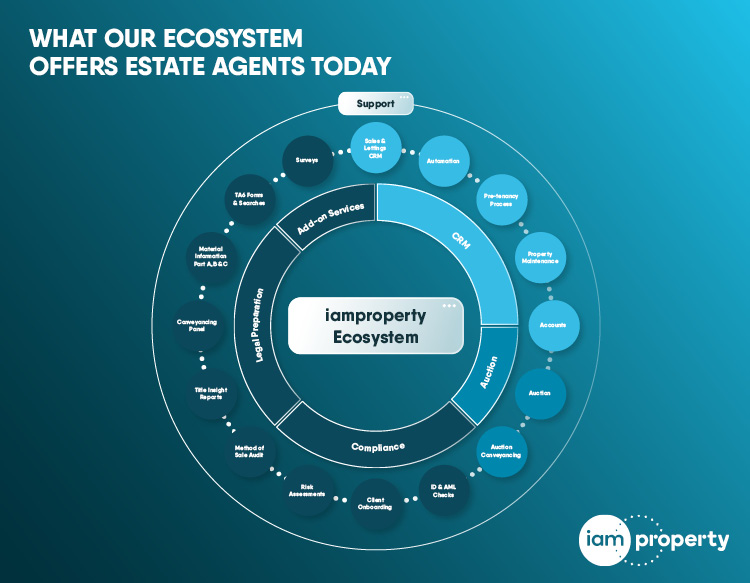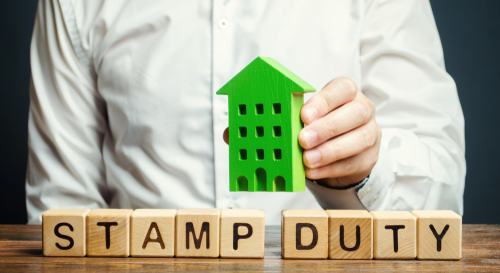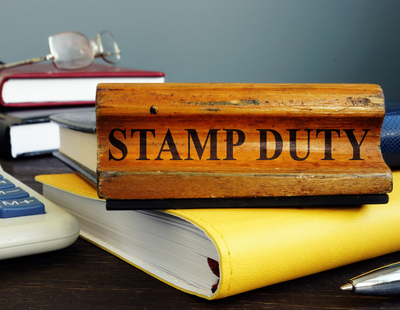The Help to Buy mortgage indemnity scheme which kicks in next January is expected to raise both house transaction levels and property prices.
It has also emerged that the scheme, designed to generate £3.5bn of new lending, could be administered by ‘bad banks’ Northern Rock Asset Management and Bradford & Bingley, now in the umbrella of UK Asset Resolution.
Lenders would have to pay to participate in the scheme, but the price has not yet been set.
Savills expects Help to Buy, which will enable people to buy both secondhand and new homes with 95% mortgages, to add an extra 550,000 house sales over its three years of operation.
The Treasury is estimating the scheme will support 190,000 deals a year – on top of the 74,000 sales it expects to go through under the shared-equity part of the Help to Buy scheme, which starts next month and applies only to new-build homes.
Savills anticipates that as a result of the 95% mortgage scheme, house prices will rise by more than its current prediction of 11%. It is planning to revise its forecast upwards.
The Office for Budget Responsibility expects house prices to rise 1.6% next year, and believes there will be ‘significant growth’ in the housing market.
The notoriously gloomy Capital Economics, which had been expecting a 3% fall in house prices this year and a further 5% fall next year, now expects prices to remain flat – which, predictably, it does not see as good news.
Matthew Pointon of Capital Economics said: “By cutting the link to new housing supply, which was a key feature of previous schemes to boost house buying, the Government risks stoking up prices.
“We have long been of the view that house prices are unsustainably high, frustrating a generation of first-time buyers.”
Help to Buy is still very short on detail, but buyers will only need a 5% deposit. The Government will use taxpayers’ money to provide a seven-year guarantee worth up to 14.25% of the property value. Thus, on a £100,000 property, a buyer would put up £5,000 and the Government would guarantee £14,250 against default, cutting the risk to the bank to just over £80,000.
The guarantee would kick in if the property had to be repossessed by the lender and sold at a loss.
Lenders would have to pay to be able to take part in the scheme, and the Government is in talks with the Financial Services Authority on this and other points. A spokeswoman for the FSA said: “The cost that lenders will have to pay to take part in the scheme could make it uneconomical.”
At the weekend, the press was not altogether complimentary about Help to Buy. In the Mail on Sunday, deputy financial editor Simon Watkins said the scheme would be welcomed by those buying and selling houses.
But he warned that it would “drive up house prices further and leave the taxpayer exposed to any slump in the sector”.
In the Sunday Telegraph, Kamal Ahmed was scathing about the likely role that Northern Rock could be playing and said “Osborne’s sub-prime mortgage mistake” was “a poison pill” which looks more toxic the more you look at it. See the link at the end of this story.
See also the next story for what mortgage guru Ray Boulger makes of it.
https://tinyurl.com/cmt58kn




















Comments
@ EA Wag By the time Jan comes you will have lost the instruction and another agent will have educated him in the market and sold it at after giving logical marketing advice. List at the correct price golden rule of our profession
One of my vendors has just put his property on with me in anticipation of that January 2014 boost.
At least that what I think because the super inflated price he demands me to sell at, should sell by next January.